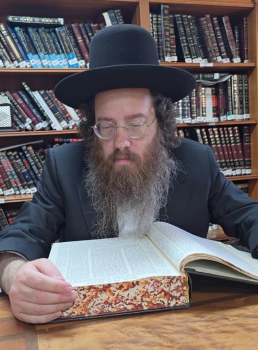Distributing the Torah readings
Question
In our congregation there are many elderly members, some of them Holocaust survivors. Because of this, there are many “obligations”. (Traditionally, on the anniversary of his passing, relatives of the deceased recite the kaddish, lead the public prayers and are called up for a Torah reading. This is called an “obligation”.) It’s very important for them to be called up for a Torah reading on each yahrzeit of each relative, especially if this is someone for whom no-one will say kaddish. Because of this, we stop the Torah reading at every point where it’s permissible so as to call up another person to read. The question is, what is the law when we read two joined portions. Can we divide each one into many readings, or is there a limit?
Answer
Dear …!
First of all, I want to commend your congregation. Generally speaking, it’s better not to exceed the required seven Torah readings. But when we’re dealing with the feelings of the elderly, and especially Holocaust survivors, who want to read the Torah on the yahrzeit of the holy martyrs who did not merit to leave behind any descendants, and these people feel responsible for them, it’s certainly fitting to have more people read the Torah. The Mishnah Berurah writes about it that one should add Torah readings anywhere where someone could get offended. How much more so one should take into consideration the feelings of elderly Holocaust survivors who don’t have any other way of honoring the memories of those who were dear to them.
When two Torah portions are combined, one can add as many Torah readers as necessary when reading the second portion. But when reading the first portion, one should only call up four people, with the fourth person continuing to read the beginning of the second portion (which is the usual practice).
Source
Shulchan Oruch, section Orach Chaim, chapter 282, §1; Mishnah Berurah, ibid., subsections 4, 5.
